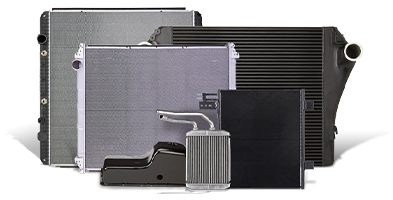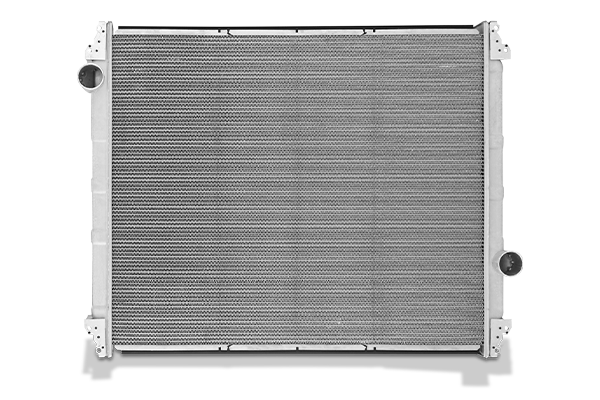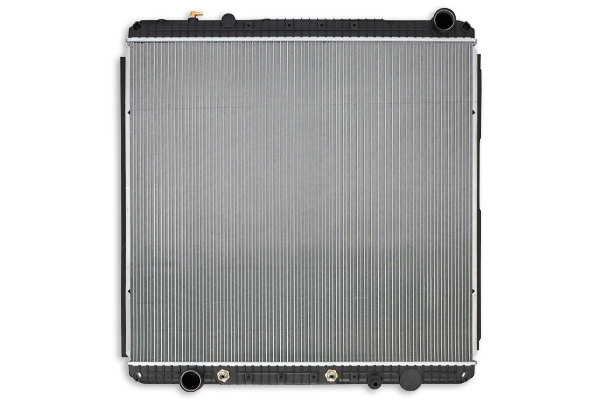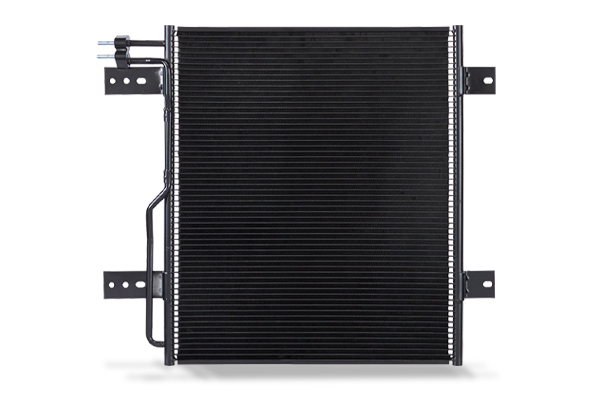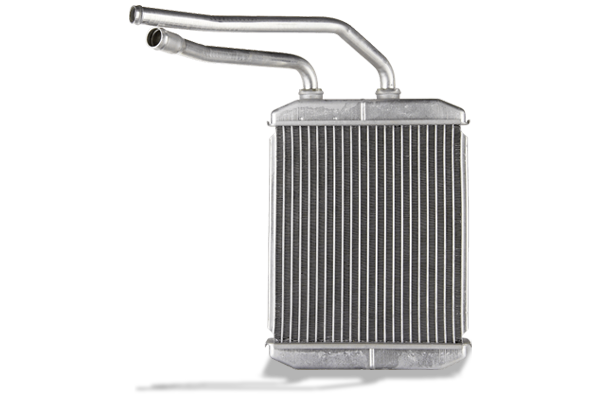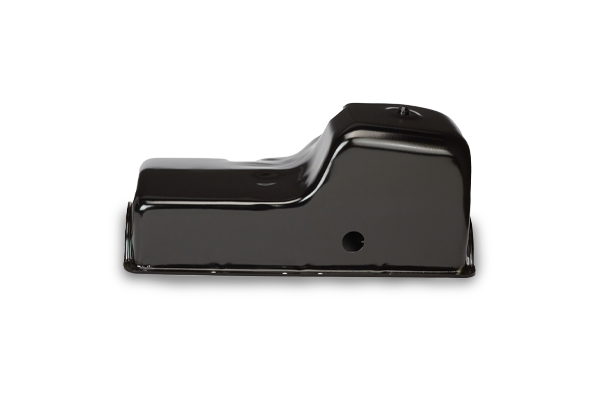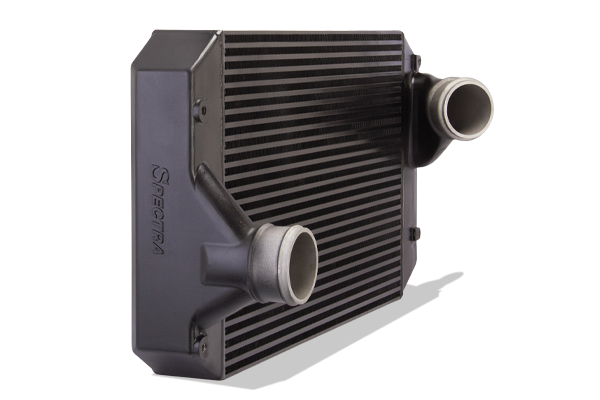All Aluminum Radiators
Backed by decades of manufacturing expertise, our Heavy Duty Radiators are designed with siderail stress cuts to optimize thermal expansion and durability. Constructed from high-quality materials—including all-aluminum, plastic-aluminum, and copper-brass—each radiator is specifically designed to meet the unique demands of heavy-duty applications and rigorous quality benchmarks. Engineered to perform in the toughest conditions, these radiators deliver reliable cooling efficiency, even during extended journeys.
Browse Our Parts
